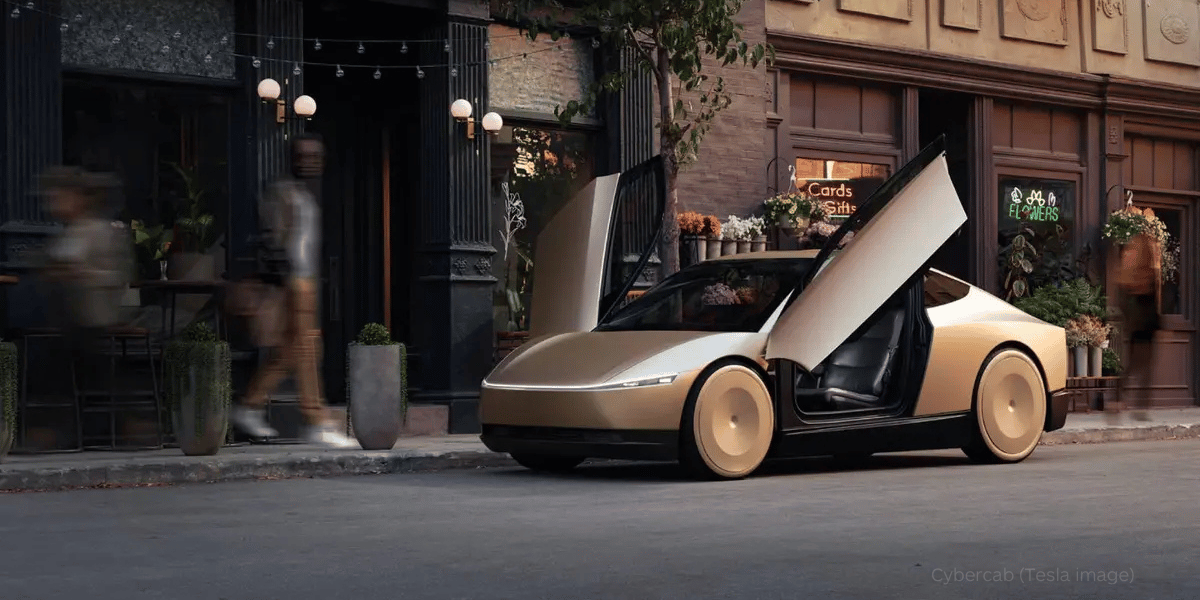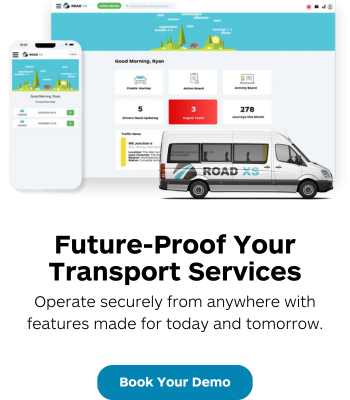Robotaxis has emerged as a revolutionary prospect in a rapidly evolving transportation landscape, potentially changing how we think about mobility and community transport.
With key players like Tesla and CEO Elon Musk unveiling plans for autonomous robotaxis, the world is buzzing with excitement—and caution—about what the future might hold. As the push for driverless vehicles gains momentum, it’s worth considering whether robotaxis could effectively replace existing forms of transport and redefine community mobility.
What Are Robotaxis?
A robotaxi is an autonomous vehicle that operates as a taxi service without needing a human driver.
These vehicles rely on artificial intelligence, cameras, radar, and advanced algorithms to safely navigate roads and transport passengers. The technology promises 24/7 service, eliminating issues like driver shortages or the limitations of human schedules. With Tesla leading the charge, other companies like Waymo (Google’s autonomous car division) and Cruise (owned by GM) are also competing to bring robotaxi fleets to the streets.
In October 2024, Elon Musk took the spotlight by unveiling Tesla’s long-anticipated robotaxi vision. Musk described the next generation of Tesla’s fully autonomous vehicles as safer and more economical than traditional taxis or personal vehicles.
According to Musk, the cost per mile of a robotaxi could fall below that of the average gas-powered vehicle. Tesla aims to deploy these robotaxis on a large scale, heralding a new era of affordable, accessible transportation.
Could Robotaxis Replace Traditional Transport?
The concept of robotaxis replacing traditional forms of transportation isn’t just theoretical—it’s already being tested in cities around the world. In San Francisco, for instance, Cruise has deployed a limited number of robotaxis to transport passengers, and Waymo is running a similar pilot program in Phoenix.
These early trials show that autonomous vehicles can function effectively in urban environments, even if there are still kinks to work out – let alone legal and insurance complications.
But could this technology realistically replace existing modes of transport, especially community-based services like Dial-a-Ride or demand-responsive transport (DRT)?
Here’s how robotaxis might impact the future of transport:
24/7 Availability and Reliability
One of the strongest arguments favouring robotaxis is their potential for continuous, on-demand availability. Unlike human-driven services that depend on drivers’ schedules, robotaxis could operate around the clock, offering unparalleled convenience. For community transport services, where reliability is critical—whether for elderly passengers, those with mobility challenges, or people in rural areas—this 24/7 availability could be a game-changer.
Cost Efficiency
As Musk pointed out in his robotaxi unveiling, one of the key advantages of this technology is the significant cost reduction over traditional transport models. Tight budgets and limited resources often constrain community transport services. If robotaxis can operate at a fraction of the cost of maintaining a fleet of traditional vehicles with human drivers, it could make transport more affordable for passengers and service providers. Bear in mind that investors are sceptical of these claims – it was long ago he was touting hyperloop and underground magnetic transport systems.
In essence, though, if true, then cost efficiency could address a growing issue in community transport: the shortage of volunteer or paid drivers. Driver recruitment and retention are significant challenges in the sector, particularly as many volunteers themselves are ageing. Introducing robotaxis could alleviate this pressure and ensure that essential transport services remain available for those who rely on them.
Scalability
One potential benefit of robotaxis is the ability to scale transport services quickly and efficiently. Rather than relying on recruitment drives or expanding fleets at significant expense, a community could deploy additional robotaxis on-demand based on usage patterns. For rural or underserved areas, where public transport options are limited, robotaxis could offer a flexible, scalable solution that traditional services struggle to match.
Environmental Impact
Tesla and other companies behind autonomous vehicles often emphasise the environmental benefits of electric robotaxis. Fully electric vehicles could help reduce city carbon emissions, a key concern as governments aim for net-zero targets. For community transport providers, switching to robotaxis might not just be a financial decision but also an ethical one, helping communities take proactive steps toward sustainable transport solutions.
Accessibility for All
Community transport services are designed to be inclusive, catering to people with a range of mobility needs. The question is whether robotaxis can truly meet the requirements of every passenger, particularly those with disabilities or complex health conditions. While robotaxis have made strides in terms of in-vehicle accessibility, human drivers still play a critical role in assisting passengers—something current AI cannot replicate.
The future of community transport depends on how well robotaxis can accommodate these additional needs. If the technology can evolve to include features like wheelchair lifts, or if human assistants are incorporated into the service where necessary, robotaxis could help increase accessibility for many vulnerable individuals.
Challenges Ahead
While the potential of robotaxis is immense, there are significant hurdles to overcome before this technology can fully replace traditional transport services, particularly in community settings:
- Safety and Trust: While autonomous vehicles are designed to reduce human error, they still face challenges in extreme weather conditions, complex urban environments, or unpredictable human behaviours. Gaining public trust and confidence will take time, and until then, human-driven transport is unlikely to be entirely replaced.
- Regulation and Policy: Governments and regulatory bodies are still grappling with how to legislate the use of autonomous vehicles on public roads. Until comprehensive frameworks are in place, widespread adoption of robotaxis may be limited.
- Initial Costs: While the long-term savings could be substantial, the upfront cost of deploying robotaxis on a large scale is significant. Communities with limited budgets may find the initial investment a significant barrier.
Summary
Robotaxis certainly have the potential to revolutionise transport, offering cost efficiency, scalability, and environmental benefits that traditional systems may struggle to provide. However, whether they can entirely replace human-driven community transport services depends on overcoming technological, regulatory, and societal challenges.
For community transport, robotaxis may not be a one-size-fits-all solution—at least not yet. However, as the technology matures, it could complement existing services, especially in areas where driver shortages or funding constraints threaten the continuity of essential transport services.
As Elon Musk’s vision for robotaxis comes closer to reality, the world will be watching to see if these autonomous vehicles can deliver on their promise of accessible, affordable, and sustainable transport for all.
For community transport providers, the future may involve a blend of human and autonomous services, working together to ensure no one is left behind.


